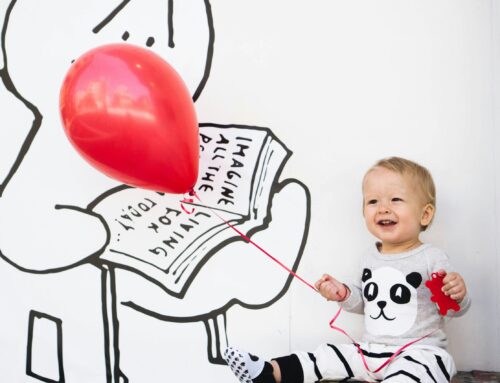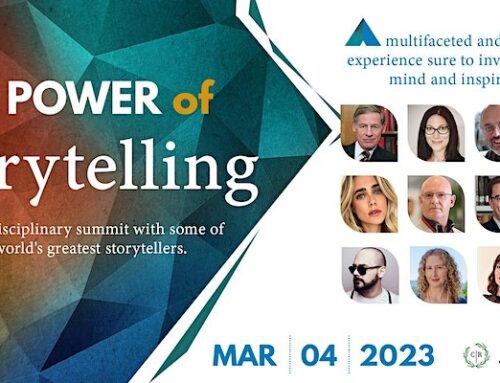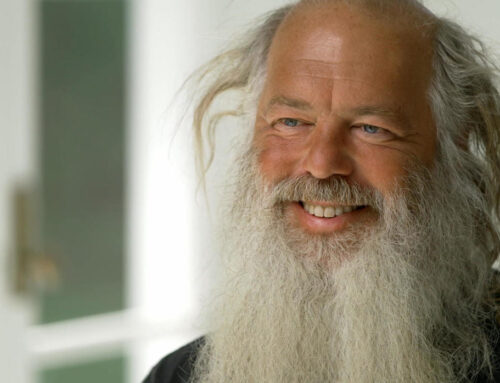The secrets of narrative immersion #writing
If you’re a writer of content creator, you’ll find no shortage of insights in Paul Zak’s new book, Immersion: The Science of the Extraordinary and the Source of Happiness,
The basis of the book – which covers advertising, film, music, education & training, events & attractions, presentations and retail – is the underlying biomechanical processes that drive our response to things we experience. Zak and his team measured levels of hormones like oxytocin in the body of subject as they experienced and responded to different situations. An early example is the short animation Ben’s Story (which I wrote about before).
In Immersion, Zak extends this research. My key points for creatives include the following:
- Misattribution of arousal – Two groups of young males crossed a bridge and then reported how attracted they were to a female research assistant (it was 1974). One group crossed a sturdy bridge, low over a small stream. They reported moderate attraction. The other group crossed a suspension bridge high over a deep ravine. With pounding hearts and sweaty palms, they reported that they were very interested in dating the girl. In short, self-reported results (Did you like the film?) are a poor guide to objective reality.
- Narrative structure – It really is all about the basic narrative structure that Aristotle identified 2,500 years ago. Pity, fear, catharsis.
- Immersion – Anyone who’s encountered coaching, NLP, visualization etc. knows this. The brain can’t distinguish between a “real” event and one which is deeply imagined. Creating immersive stories “hacks” the brain to experience, learn from and recall the story events as real … but only if they are compelling. As Zak summarises, “first get my attention, then give me a reason to care about what I’m experiencing.”
- Zak defines immersion as the confluence of attention and emotional resonance.
- 15 seconds – But attention is key. You only have 15 seconds to capture attention before the audience moves on to something else.
- Neural tension – If you succeed, you create a sort of neural tension which can be released or relieved by the experiencer taking action – the classic Call To Action
- Guinness – There’s an insightful example of two contrasting ads for Guinness: the Barnes Sisters and Empty Chair. Watching them is sufficient. It really is all about the story.
- Somatic intimacy – An interesting aside: “Average Immersion was 42% higher on the mobile phone than on the big screen.” One reason is the somatic intimacy – handheld phone as extension of body.
- AIDA – Those classic models (PEST is another) work because they capture the essence of a situation. Here, Zak argues that every stage of the Awareness, Interest, Desire, Action model needs to be actively designed into advertising where Awareness is the attention grabbing 15 seconds, emotional resonance is the Interest step and Relevance is the Desire step.
- Peak immersion – To be most effective the CTA needs to appear at the point(s) of peak immersion, not simply tacked on after the story. Either include the CTA at the moment of greatest peril in the narrative arc, or end the story on an immersive peak (e.g. in a film trailer).
- SIRTA – Zak’s algorithm for effective persuasion:
-
- Staging – to establish psychological safety prior to persuasion
- Immersion – crafting a message so that people’s brains identify it as valuable. Narrative structure and product-story congruence to tap into brain’s hypersociality.
- Relevance – relevant messages are easily recalled by cues such as visuals, logos, or music from the message; cued recall increases the likelihood of influence.
- Target – the likelihood of persuasion is increased by identifying superfans who are deeply immersed in the message.
- Action – action dissipates “brain tension”. A call to action at an Immersion peak will be most effective. Emotions are what move markets.
Photo by Jeremy Bishop on Unsplash









